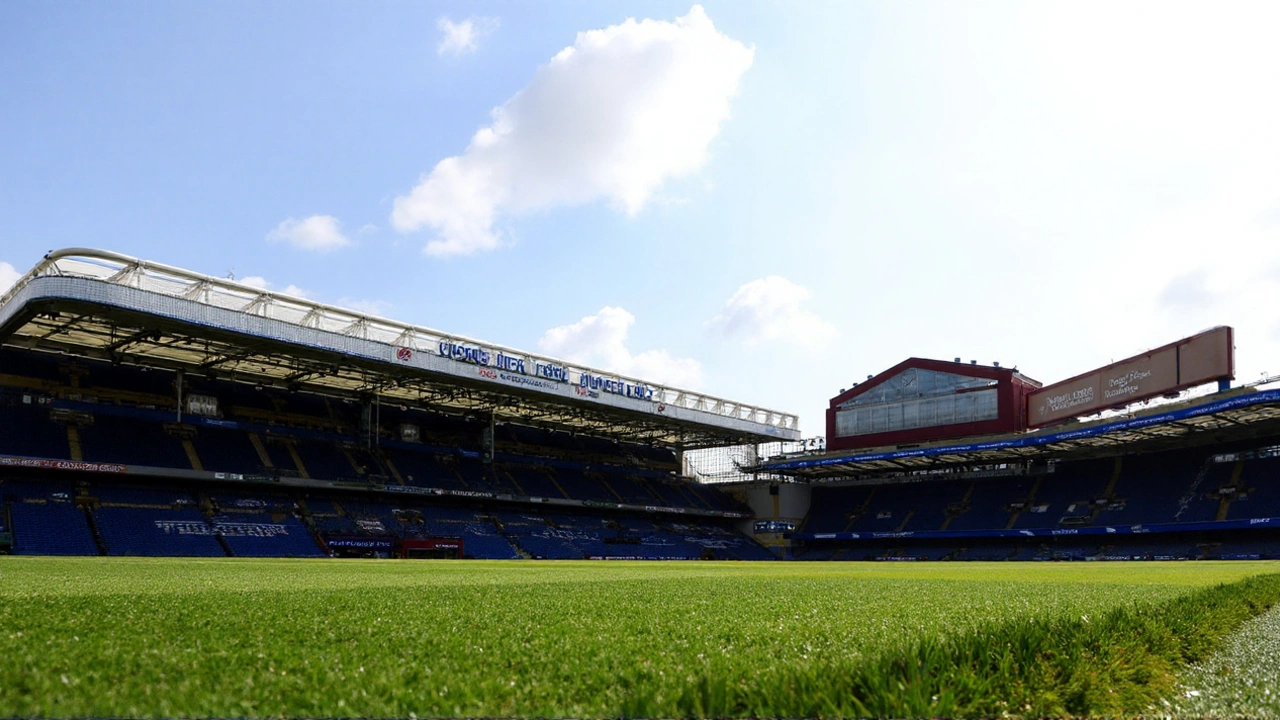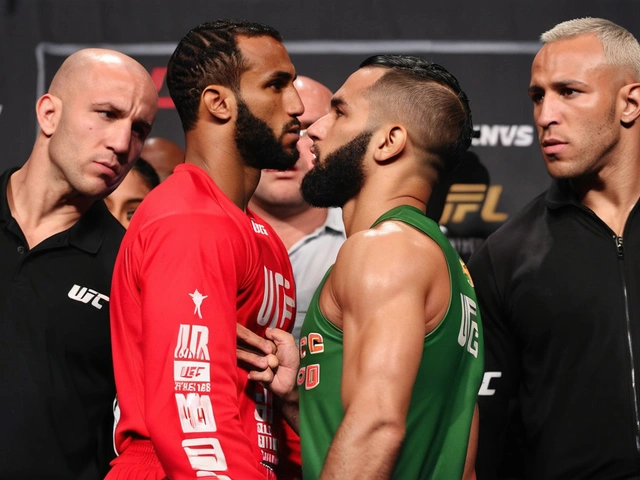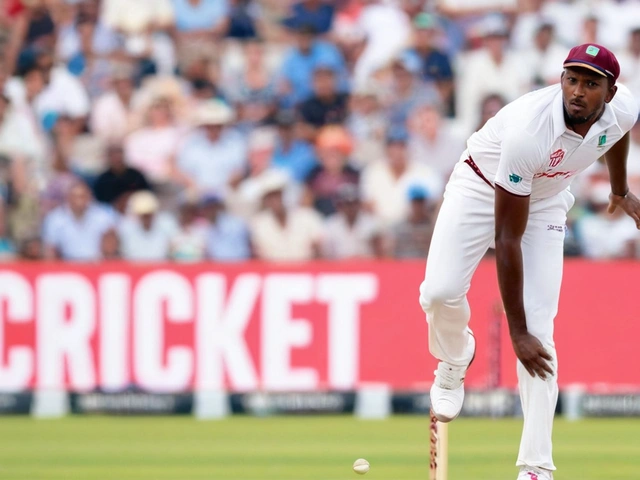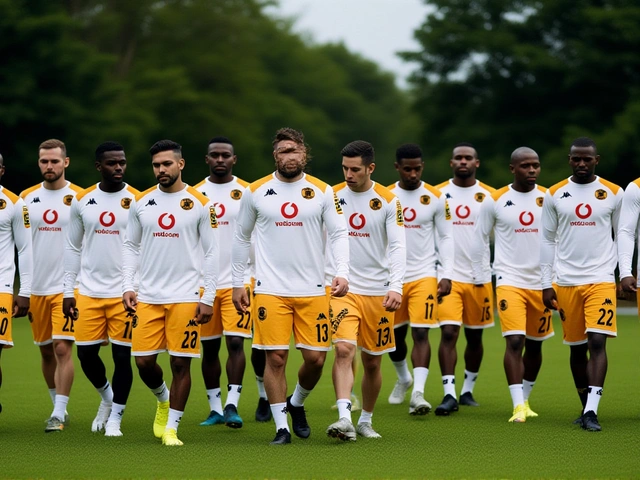
World champions back in London, new Premier League season, same old tension: Chelsea vs Crystal Palace finished goalless on opening weekend at Stamford Bridge. On Sunday, August 17, 2025, Chelsea’s control met Palace’s discipline, and neither blinked. A VAR check took the air out of the stadium when Eberechi Eze’s finish was overturned, and that was the closest either side came to cracking a tight, tactical game.
Chelsea arrived with confidence after a turbo-charged summer in the United States, where Enzo Maresca’s side lifted a second Club World Cup, beating Paris Saint-Germain 3-0 in the final. The blueprint under Maresca looked clearer than last spring’s late surge to fourth. The ambition is obvious: turn tidy control into a title push. The catch? A shortened preseason, squeezed by the Club World Cup, meant fewer reps than ideal—just two tune-ups, solid wins over Bayer Leverkusen and AC Milan.
Crystal Palace came in with their own spring in the step. A week earlier at Wembley they had taken the Community Shield from Liverpool on penalties after twice coming from behind. The squad has been quiet in the market since, with more focus on holding the group together while the window ticks on. That continuity showed in their shape and composure for long stretches in west London.
Match in brief
Maresca picked Robert Sánchez behind a back four of Reece James, Trevoh Chalobah, Josh Acheampong, and Marc Cucurella. In midfield, Moisés Caicedo sat next to Enzo Fernández, with Cole Palmer given freedom to float into pockets. Ahead of him, Jamie Gittens, Pedro Neto, and João Pedro formed a lively front three built to stretch and combine rather than play as a classic target line.
The pattern was familiar and deliberate. Chelsea pinned Palace back with long passing sequences, the full-backs staggered, and Palmer drifting between lines to connect. Neto cut inside to test the far corner more than once, while João Pedro pulled wide to drag markers into awkward spots. For all the territory, Palace rarely panicked. They compressed the middle, protected the box, and waited for a turnover to spring Eze and company into space.
The flashpoint came when Palace thought they had their moment. Eze found room, the net rippled, and celebrations started—until the VAR review. After a long check, the on-field decision changed and the goal disappeared from the scoreboard. The noise flipped from roar to groan, and the game went right back to the grind.
Sánchez had to be sharp on set pieces and once from a driven shot skidding through bodies. At the other end, Dean Henderson—calm for most of the afternoon—was well-protected by a back line that cleared crosses and blocked angles. Reece James surged forward when possible and dug in when Palace broke, while Chalobah handled the penalty-area traffic with little fuss.
- Early half-chance: Palmer found a pocket at the top of the box, but a Palace block turned his effort into a harmless deflection.
- Neto curled wide from the right channel after Chelsea lured Palace into a narrow shape.
- VAR drama: Eze’s strike was wiped away after a review, keeping it 0-0.
- Sánchez alert: Chelsea’s keeper smothered a dangerous ball across the six-yard line after a flick-on from a corner.
- Late push: João Pedro’s near-post effort was saved, and Chalobah headed over from a set piece as Chelsea chased the winner.
The betting had this tilted toward Chelsea—around -160 on the 90-minute line versus Palace at +425—and you could see why in the flow. Chelsea owned the ball, but Palace managed the space. By the last 15 minutes, both benches tried to tweak the tempo with fresh legs, yet the bigger shifts never came. The box remained crowded, passing lanes tight, and the finishing touches just a beat off for both teams.
It’s worth remembering the backdrop. Last season, Chelsea scored 64 goals in 38 games—seventh-best in the league—while conceding just 1.1 per match on average, the third-best defensive rate. Palace, meanwhile, conceded 51 (ninth-best) and were 14th in attack at 1.3 goals per game. A cagey opener between a high-control side and a sturdy defense was always on the cards. Sunday fit that script.
What it means and what’s next
Both teams walk away on 0-1-0, one point in the bank, and clean sheets to build on. For Chelsea, it’s a reminder that rhythm in the final third takes time, especially after a compressed preseason. The structure is there: Caicedo and Fernández managed the middle, Palmer kept the ideas flowing, and the back four handled transitions. What’s missing is the final pass or that run across the near post that turns 65% possession into a tap-in.
For Palace, this is the perfect away-day template. Sit compact, keep your distances, funnel traffic wide, and break when it’s on. The Community Shield win clearly carried over in terms of belief. Even with a quiet summer so far and the potential for late-window movement, the defensive platform looks stable. A point and a clean sheet at Stamford Bridge counts as a job well done.
- Chelsea’s build-up: Double pivot for control, Palmer free to knit play, full-backs alternating when to go and when to stay. The structure limited counters.
- Palace’s block: Two narrow lines squeezed central lanes, aggressive in the box, and disciplined at the back post on crosses.
- Key duel: James versus Palace’s left-sided breaks—won some, lost some, but kept the biggest fires out.
- Set pieces: Minor edge to Palace in chaos moments, but not enough to tip it.
- VAR factor: One big swing, no goal. The margins remain thin when technology steps in.
Chelsea’s summer achievements still frame expectations. Beating PSG to a global trophy under Maresca isn’t a footnote; it’s a sign the model can deliver on big stages. The task now is to translate that control into Premier League goals week after week. That usually comes from repetition: the same patterns, sharper timing, better understanding between the forwards. Neto and João Pedro offered movement and touches in promising areas; the end product should follow as combinations click.
Palace will take pride in how they managed the key moments. Eze carried their threat, and the back line kept cool under pressure. The club has been notably restrained in the market since Wembley. Depending on how the final weeks of the window unfold, the squad picture could shift, but the defensive identity gives them a floor. With that base, they won’t fear trips to bigger grounds.
Numbers add a little context without telling the whole story. Chelsea’s 64 league goals last season spoke to a team that can create but sometimes labors to finish when the box gets crowded. Palace’s 51 conceded underlines that they’re comfortable in the trenches, living off clearances, blocks, and counters. Put those together and you get what we just saw: long spells of blue shirts on the ball, red-and-blue shirts refusing to crack.
There were positives on both sides. Chelsea kept composure, protected transitions, and didn’t give up silly chances. Palace showed resilience, clarity of roles, and a bit of edge on restarts. The scoreboard says 0-0, but in August that can be a platform rather than a problem.
Opening day isn’t the verdict; it’s the baseline. Chelsea’s next steps are about speed in the final third and relationships across the front. Palace’s are about turning those rare breaks into higher-quality looks. The point each team earned in west London sets them up for a stretch where sharper edges—rather than wholesale changes—will decide results.
By the final whistle, you could hear it in the crowd: impatience, sure, but also a nod to the grind. First game, one point, clean sheets, and a reminder that title pushes and top-half climbs are built in these quiet margins as much as in the headline wins.





